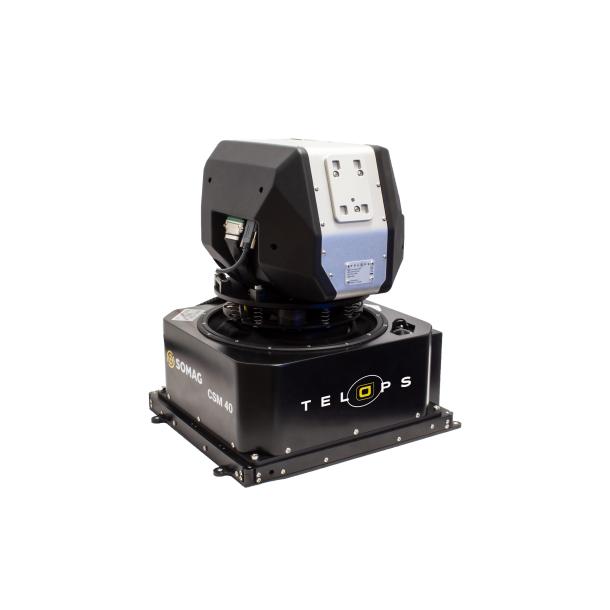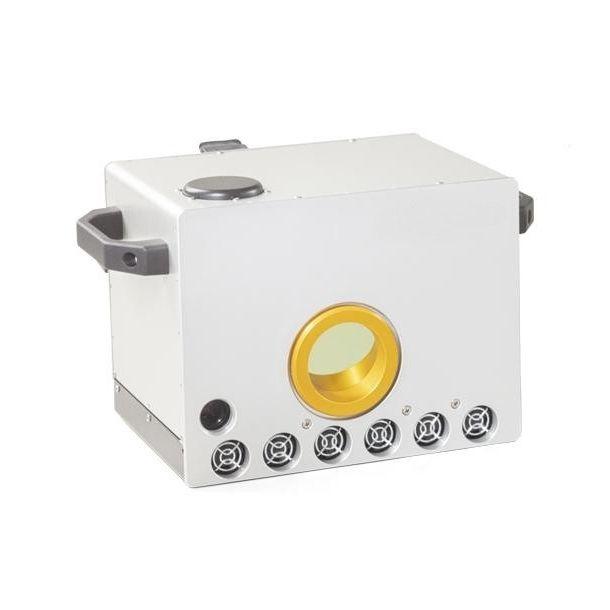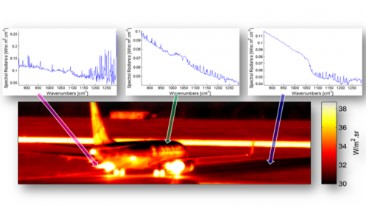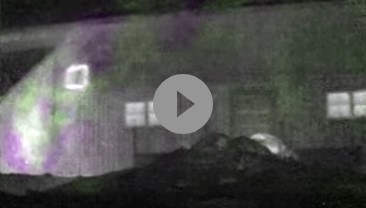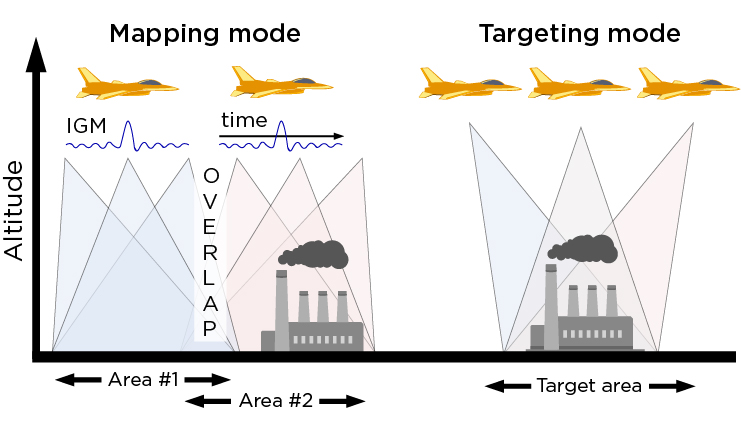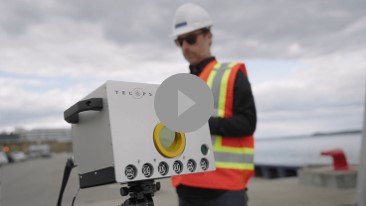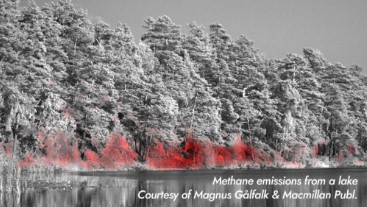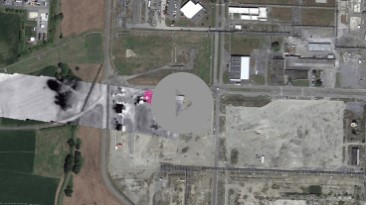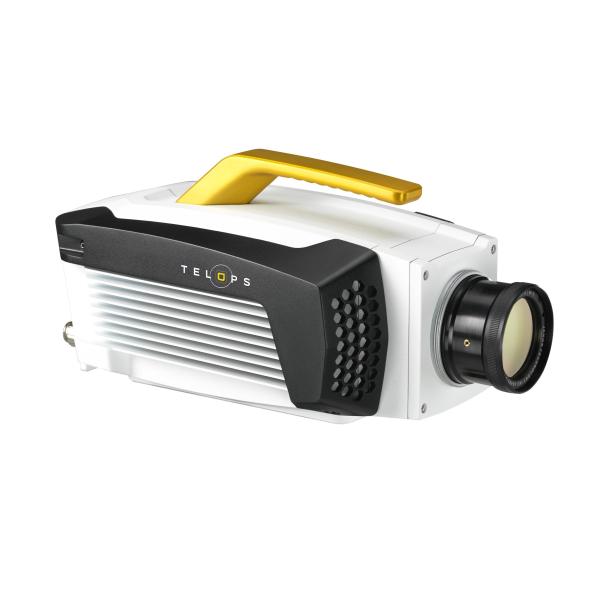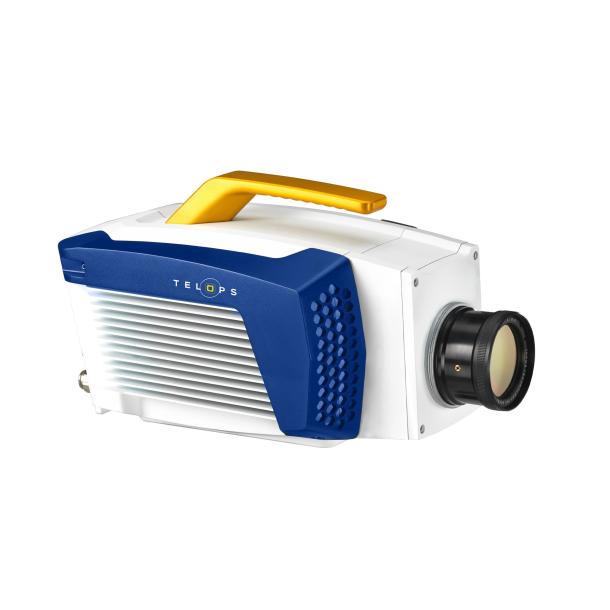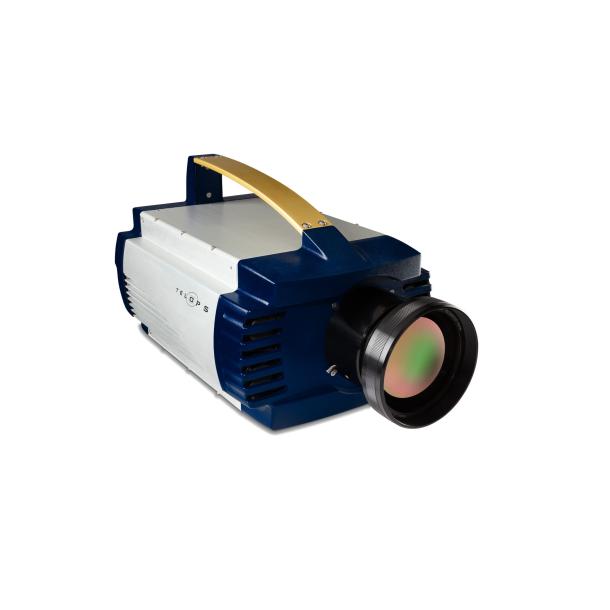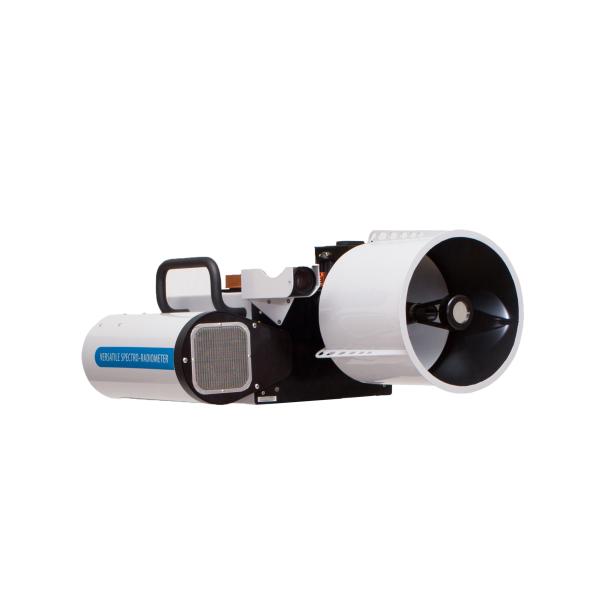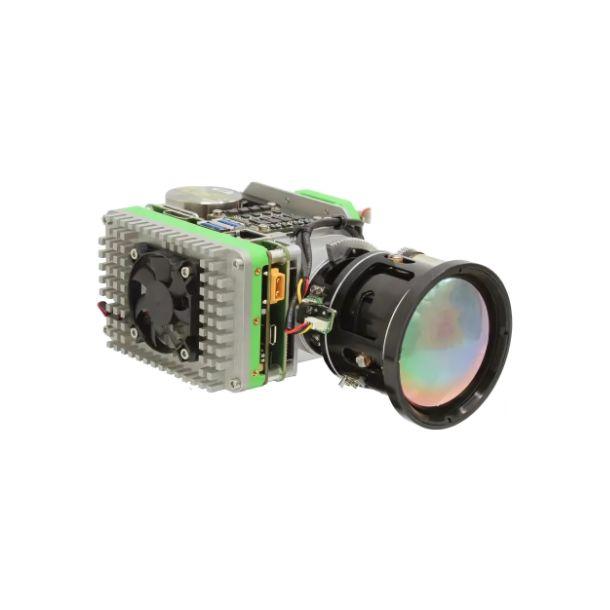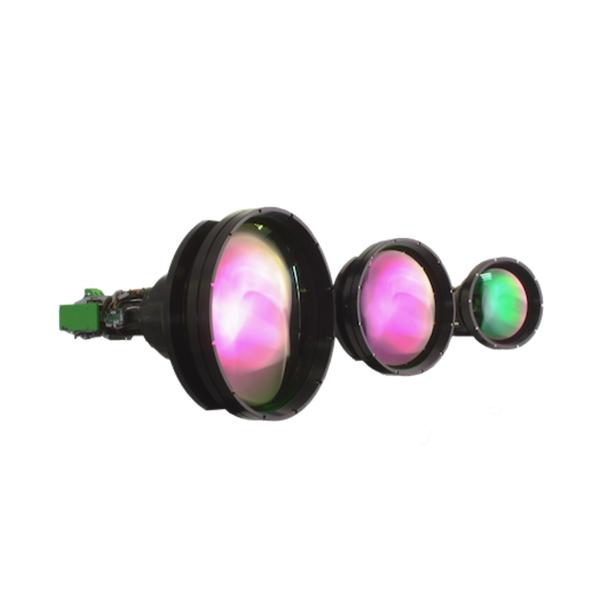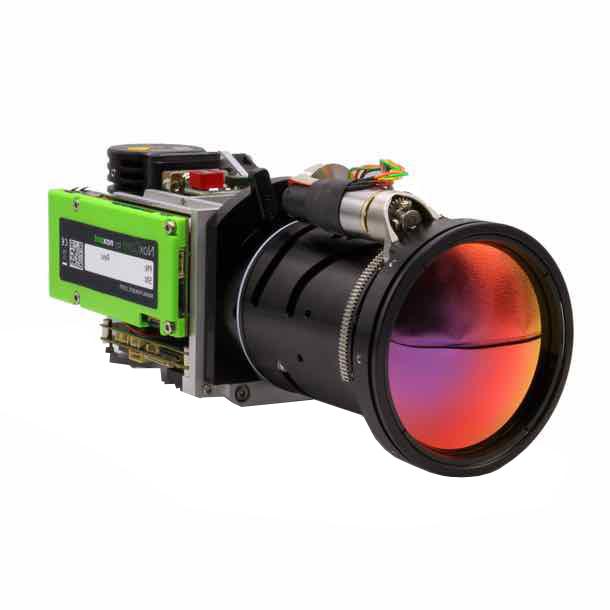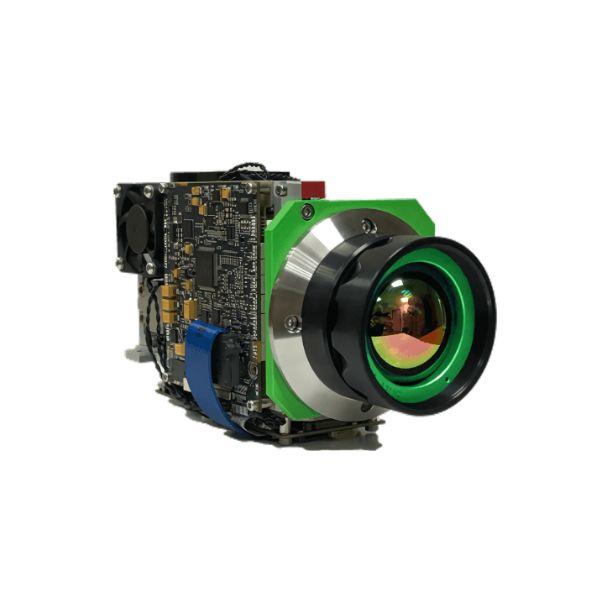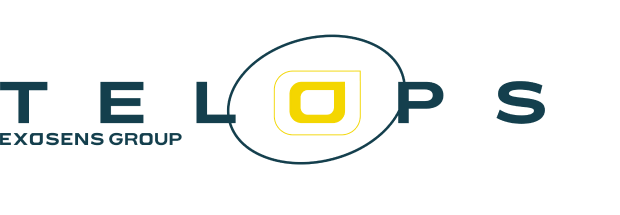
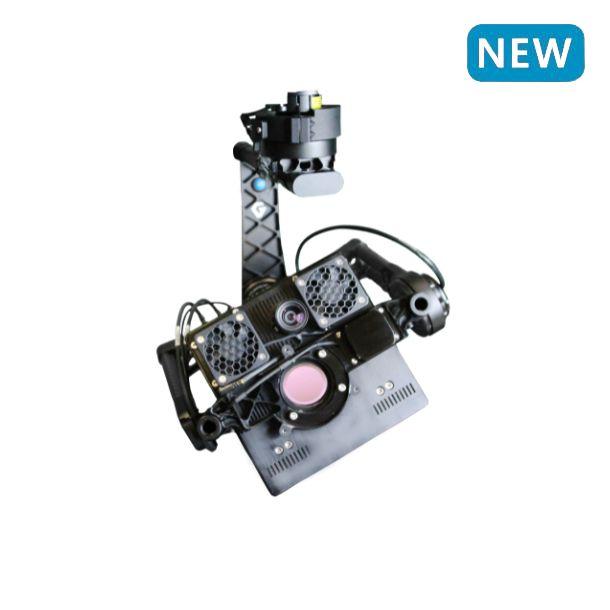
Hyperspectral Imaging Cameras
Our Hyperspectral solutions, the Hyper-Cam Mini, Hyper-Cam Airborne Mini and Hyper-Cam Airborne Nano, are advanced passive infrared hyperspectral imaging systems. Our remote sensing cameras combine high spatial, spectral and temporal resolution providing unmatched performances. Regarding your needs, they each are perfect for many applications, such as oil and gas monitoring, environmental monitoring, mineralogy and remote sensing.
Hyperspectral Imaging Cameras
Contact sales or request a quote
Contact us
Description
Our Hyper-Cam cameras are advanced passive infrared hyperspectral imaging systems that combine high spatial and spectral resolution. They provide real time radiometrically calibrated data for gas and mineral detection and identification. They are offered in ground-based format, but also as a compact airborne hyperspectral imaging system, the Hyper-Cam Airborne Mini, and for drones with the Hyper-Cam Airborne Nano.
The Hyper-Cam Airborne Mini is a revolutionary hyperspectral imaging system that is designed to fit small aircraft and other compact vehicles. This lightweight imaging sensor is a versatile tool for hyperspectral IR surveys, and a unique instrument for real-time gas detection, identification and quantification.
Our ultra-lightweight and most compact version, the Hyper-Cam Airborne Nano, is well suited for drones. It can be used to collect images over vast areas to build hyperspectral georeferenced mosaics or can lock on to a single ground, coordinate and capture multiple hyperspectral images of the same target.
Technical Information
Mini Series | ||||
|---|---|---|---|---|
| Spectral range (µm) | Detector Type | Spatial Resolution (px) | Pixel Size (µm) | |
Hyper-Cam Airborne Mini | 7.5 - 12.4 | SLS | 320 x 256 | 30 |
Hyper-Cam Mini | 7.5 - 12.4 | SLS | 320 x 256 | 30 |
Introduction to the Hyper-Cam Airborne Nano – Hyperspectral Imaging for Drones
Documentation
Technical Support Videos
Brochure/Leaflet
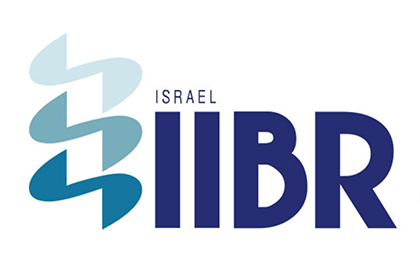
Testimonials
Israel Institute for Biological Research (IIBR)
"We have an excellent ongoing experience with the Hyper-Cam LWIR hyperspectral sensor since 2006. We have used the obtained database for diverse R&D projects in the fields of gas detection and quantification, aerosol classification, validation of radiative transfer models and many other applications of environmental monitoring."
- Eyal Agassi, PhD, Senior researcher, Environment physics department, IIBR

